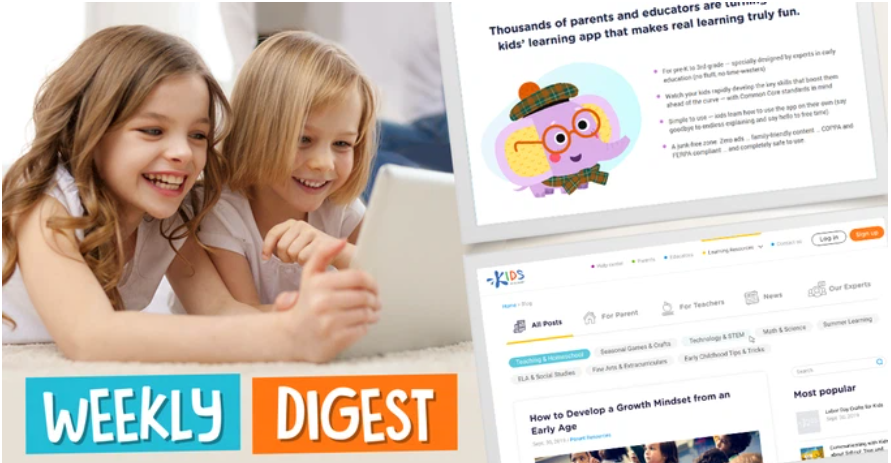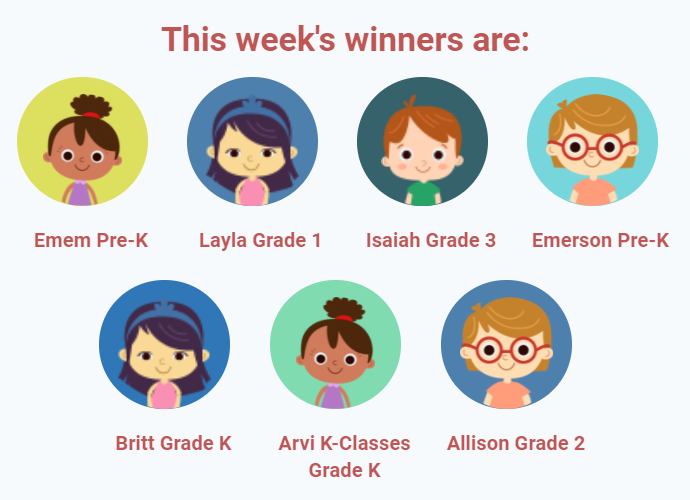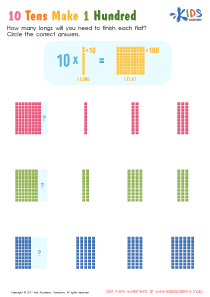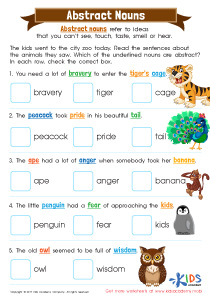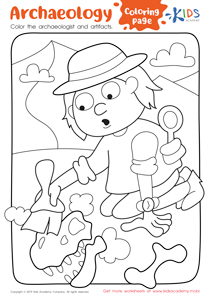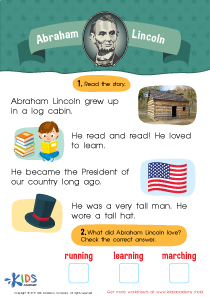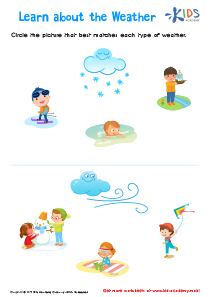Normal Rhyming worksheets activities for 4-Year-Olds
1 filtered results
-
From - To
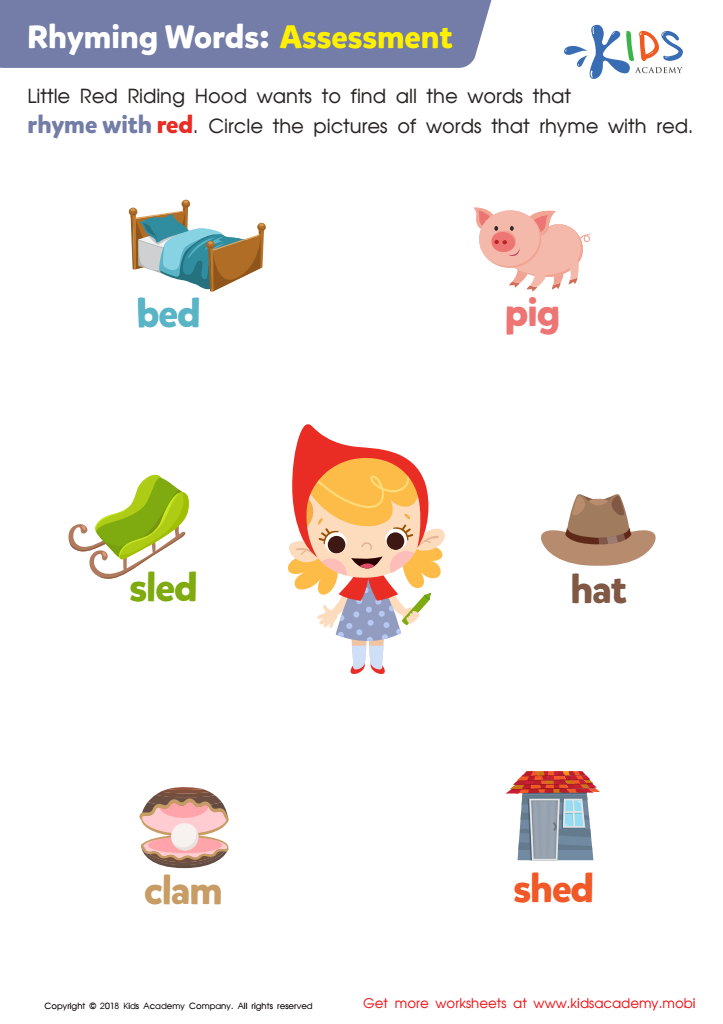

Rhyming Words: Assessment Worksheet
Normal rhyming worksheets activities play a crucial role in the educational development of children. These engaging and interactive exercises are not just about fun and games; they hold significant value in promoting linguistic skills, phonemic awareness, and overall literacy. The benefits of incorporating normal rhyming worksheets activities into a child’s learning routine are multifaceted and profoundly impactful.
First and foremost, rhyming worksheets serve as an excellent tool for enhancing phonemic awareness. This is the ability to hear, identify, and manipulate individual sounds (phonemes) in spoken words. By engaging with rhymes, children learn to recognize patterns in language, making it easier for them to decode new words. This foundational skill is paramount, as research has shown a strong correlation between phonemic awareness and successful reading development.
Furthermore, normal rhyming worksheets activities foster vocabulary growth. As children explore rhymes, they are introduced to a broader range of words, many of which they might not encounter in everyday conversation. This exposure helps to expand their language comprehension and usage, setting a robust foundation for future reading and writing proficiency.
Another significant advantage is the boost in memorization skills and cognitive development that these worksheets provide. Rhyming patterns create a rhythm and a predictability that make it easier for children to remember the content. This not only aids in language learning but also enhances memory skills more broadly.
Additionally, normal rhyming worksheets activities promote creativity and imagination. Rhymes often tell stories or paint pictures through words, encouraging children to think creatively and imaginatively. This stimulates not just linguistic development but also emotional and intellectual growth.
In conclusion, normal rhyming worksheets activities are more than just an enjoyable pastime. They are a critical educational tool that supports children’s linguistic abilities, cognitive development, and creative thinking. Incorporating these activities into learning routines can significantly enhance a child’s readiness for more advanced literacy skills, making them a valuable resource for parents and educators alike.
 Assign to the classroom
Assign to the classroom
